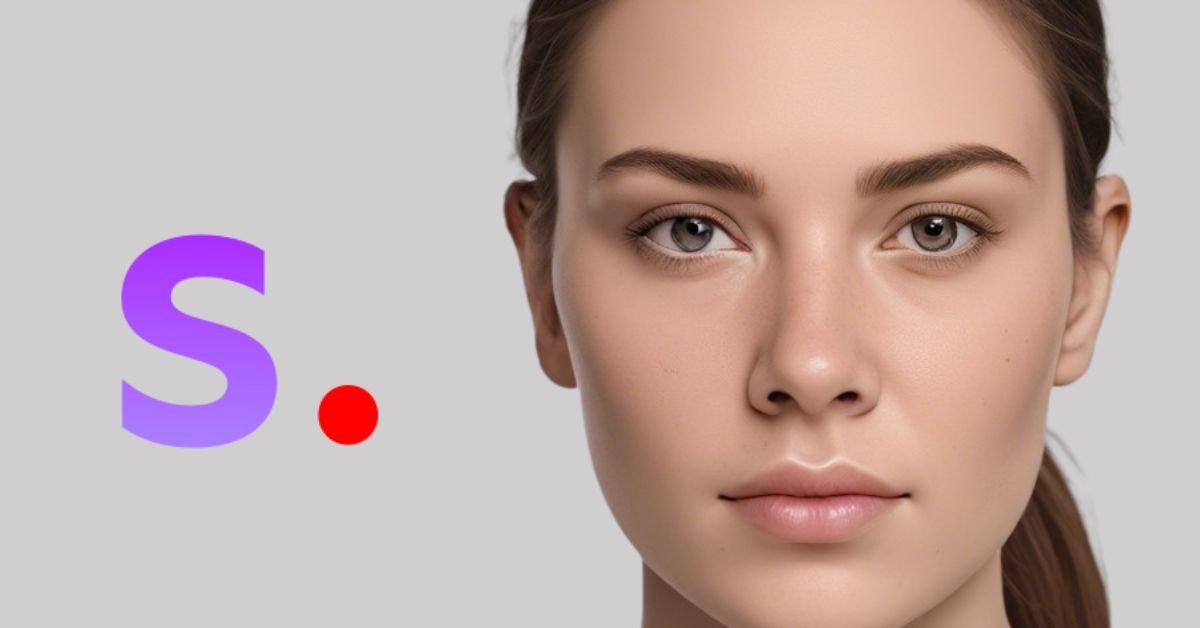The AI art world is advancing rapidly, with new techniques and models allowing unprecedented realism in generated imagery.
One of the most exciting developments is Stable Diffusion XL (SDXL) – an upgraded version of Stable Diffusion focused on high-resolution synthesis. With SDXL, creating stunning hyper-realistic faces is now possible.
In this post, we’ll provide an in-depth guide on using SDXL to generate ultra-lifelike human faces through AI. From optimizing prompts to using advanced techniques, we’ll cover the end-to-end process.
What is SDXL
SDXL is the latest diffusion model from Stability AI built upon the Stable Diffusion architecture. With double the parameters (6.5 billion vs 1.5 billion), it achieves significantly higher image quality and resolutions up to 1024×1024 pixels.
Crucially for portraits, SDXL delivers enhanced realism, especially in aspects like skin, eyes, hair, and lighting. This makes it possible to create photorealistic faces by incorporating the right techniques.
The tool also boasts several other important features that enhance its versatility and efficiency. One of these is its ability to replicate a wide range of styles, from classic paintings to modern photography. This capability allows for a diverse array of creative outputs.
Another notable feature is its specialized fine-tuning ability, which requires as few as just 5 images. This means you can refine and tailor the tool’s output with minimal input, making it highly efficient and user-friendly.
This combination of high resolution, realism, and customizability makes SDXL ideal for crafting realistic human faces through AI artistry.
Best Ways to Create Hyper-Realistic Faces with SDXL

Here are the ways that you can create Hyper-Realistic Faces like images with SDXL.
1. Optimizing Text Prompts
The starting point is getting your text prompt right. With SDXL, you need prompts with greater detail and precision.
- For a person, include age, gender, ethnicity, hairstyle, facial features, expression, pose, attire, background scene, and lighting.
- Use descriptive terms – “sharp focus, cinematic lighting” not just “photo of a person”.
- Add critical negative prompts – e.g. exclude extra limbs, blurry, drawing, low quality.
- Specify a clear subject. Don’t make prompts too long or complex.
- Use photography lingo for realism – focal length, aperture, bokeh, golden hour lighting.
With a strong prompt foundation, you can generate a realistic base image of a person’s face.
2. Use SDXL for Enhanced Realism
With your base prompt, it’s time to utilize SDXL’s capabilities.
- Use SDXL’s higher resolution of 1024×1024 pixels or beyond. Higher res reveals more realistic details.
- Run the prompt through SDXL multiple times with different seeds to get varied results.
- Use SDXL’s specialized realism-focused “fixers” like SirenFixTree to refine images.
- Try fine-tuning SDXL on a few sample faces to specialize the model.
- Optimize cfg scale – start low around 5 and steadily increase to 9-11 for optimal realism.
SDXL’s higher param count and specialized architecture boosts realism substantially compared to standard Stable Diffusion.
3. Use RealVisXL for Detailed Skin Textures
For even more nuanced skin details like pores, wrinkles, and blemishes, a model like RealVisXL v2.0 from CivitAI is ideal.
- Download and set up RealVisXL v2.0, designed specifically for realistic portraits.
- Craft prompts with specifics – age, skin type, complexion, facial hair, makeup, lighting, etc.
- Use negative prompts to prevent unrealistic skin conditions.
- Run prompts multiple times, adjusting parameters until ideal skin is generated.
Specialized models like RealVisXL excel at details like realistic skin. Combining it with SDXL enhances results.
4. Incorporating Photography Fundamentals
To achieve professional photograph-level realism, it’s crucial to incorporate core photography concepts into your prompts and process.
- Specify camera settings like focal length, aperture, shutter speed, and ISO for desired depth of field and exposure.
- Indicate shot framing and composition techniques – close-up, rule of thirds, leading lines.
- Define lighting rigorously – source (butterfly, rim), directional (side, front), quality (hard, soft), color temperature.
- Describe intended mood and emotion through lighting and posing.
With photographic knowledge built into prompts and generations, images reach a new level of realism.
5. Structuring Prompts for Optimal Realism
Carefully structuring prompts using the following framework can enhance realism:
- Subject details – age, gender, ethnicity, identity features
- Shot type – close-up, medium bust, full body
- Setting – indoor, outdoor, background elements
- Camera – model, lens details, angles and perspective
- Lighting – type, direction, color temperature, intensity
- Exposure – aperture, shutter speed, ISO
- Intended mood, emotion, and gaze direction
This structured approach ensures all photographic elements are included for lifelike results.
6. Post-Processing for Enhanced Details
Some light post-processing can put the finishing touches on realism:
- Upscale images through AI upscalers for added high-res details.
- Selectively sharpen facial features like eyes and stubble.
- Use skin retouching techniques sparingly to even out skin tone.
- Adjust temperature, tint, highlights, and shadows for ideal lighting.
- Add grain and chromatic aberration for a photorealistic look.
When done judiciously, post-processing can bring faces to life without compromising realism.
Tips for Optimizing Realistic Faces
When using SDXL for creating hyper-realistic faces, there are several key tips to keep in mind:
Firstly, fine-tune the expressions and poses of the faces you’re generating by using precise descriptive prompts. This approach allows for more control over the nuances of facial expressions and body language.
It’s also important to strike a delicate balance between making the skin look smooth and maintaining a realistic texture. Over-smoothing can lead to a loss of realism, while too much texture might not give the desired hyper-realistic effect.
Another crucial aspect is ensuring the consistency of light and shadow in your images to match the scene’s lighting. This consistency is key to making the faces look like they naturally belong in their environment.
Focus on the technical aspects of photography, such as lighting, camera framing, and depth of field, to enhance the realism of the faces. These elements contribute significantly to the overall believability of the image.
Make tiny, incremental adjustments across multiple generations of images. This method allows for gradual improvements and refinements, leading to a more polished and realistic final product.
FAQs: How to Use SDXL
-
How can you optimize text prompts for creating realistic faces with SDXL?
To create realistic faces, include detailed descriptions of age, gender, ethnicity, and facial features in your prompts. Use photography terminology for lighting and focus, and include negative prompts to avoid unwanted elements. Fine-tune with specific camera settings for a more lifelike result.
-
What are some advanced techniques to enhance face realism in SDXL?
Utilize specialized realism-focused ‘fixers’ in SDXL, combine it with models like RealVisXL for detailed skin textures, and incorporate core photography concepts. Structure prompts methodically and consider post-processing for additional high-res details and adjustments.
-
What should you consider when generating hyper-realistic faces with SDXL?
Focus on fine-tuning expressions and poses, maintaining realistic skin texture, ensuring light and shadow consistency, and understanding technical photography aspects. Make gradual adjustments across multiple generations for refined improvements.
Conclusion
SDXL represents a giant leap ahead for AI-generated art, unlocking new levels of realism and creative possibilities.
As we explored, techniques like optimized prompting, using SDXL’s capabilities, and incorporating photography fundamentals can now yield stunning hyper-realistic human faces.
The future looks bright as models continue to evolve, making photorealistic AI art accessible to all. We hope you found this guide helpful for crafting your own breathtaking portraits through the power of AI! Go ahead and put these tips into practice to see just how realistic AI-generated faces can be.









